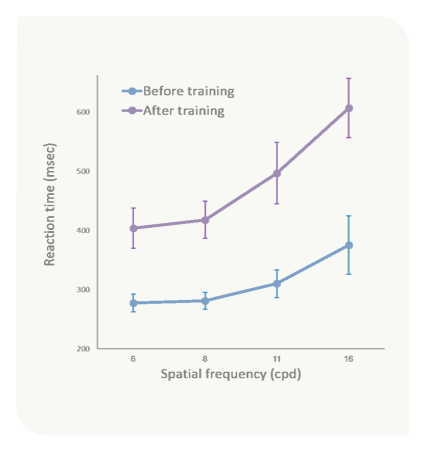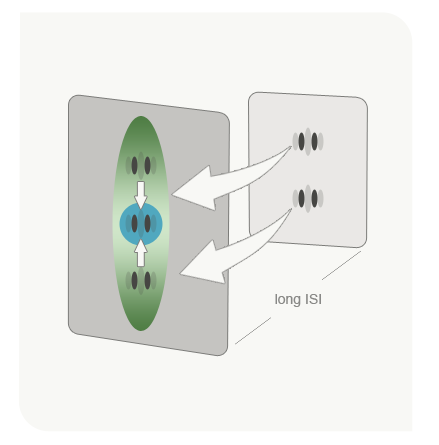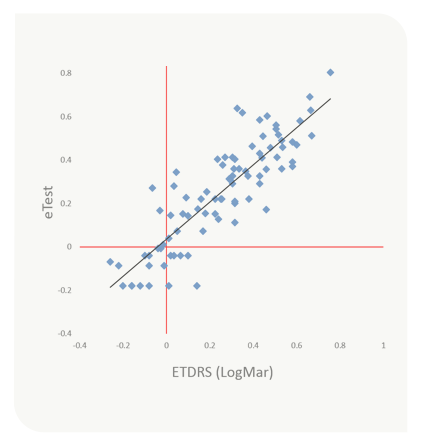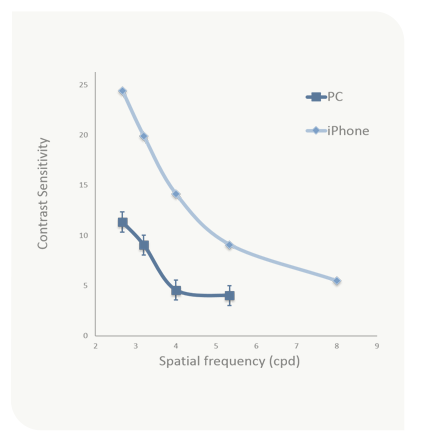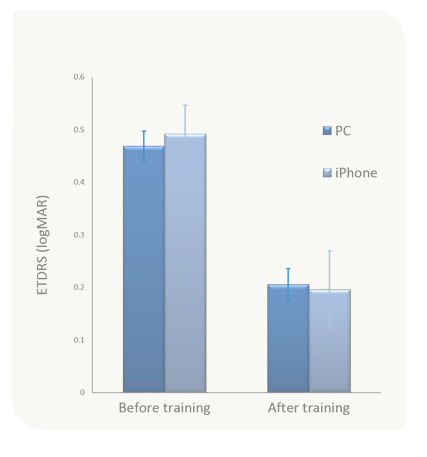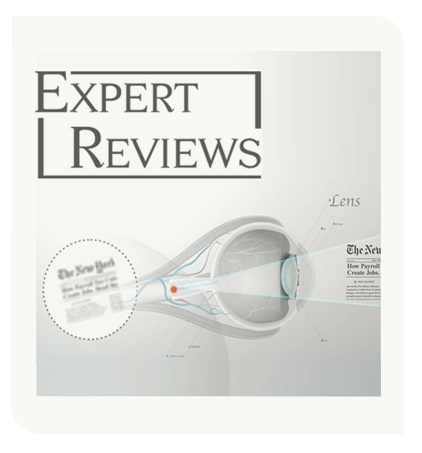During the last two decades, scientists have demonstrated that contrast-driven neural responses are robustly affected by lateral propagations between neurons in the visual cortex. A positive effect of this interaction is called “collinear facilitation”, which amplifies weak and slow responses and their underlying mechanism of neuronal excitations. This function strengthens selective synapses to elevate weak stimuli above the noise, and is the foundation of GlassesOff technology.
Weaker and slower neuronal responses in the visual cortex, either as a consequence of blurred input from the eyes or abnormal development, result in degraded basic visual functions both in the spatial domain, e.g. contrast sensitivity, and the temporal domain, e.g. processing speed. These changes eventually affect high-level visual tasks, such as letter identification. GlassesOff scientists have shown that using neuronal plasticity retained in the adult brain, it is possible to increase collinear facilitation to compensate for spatial and temporal deficiencies.






